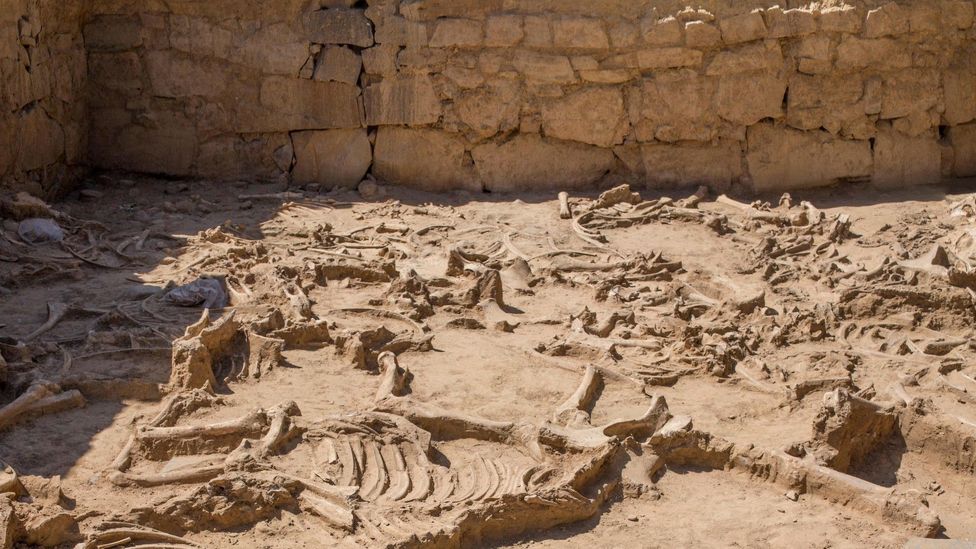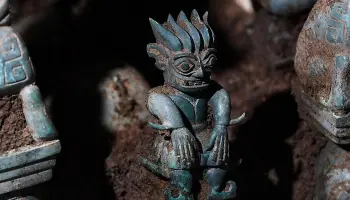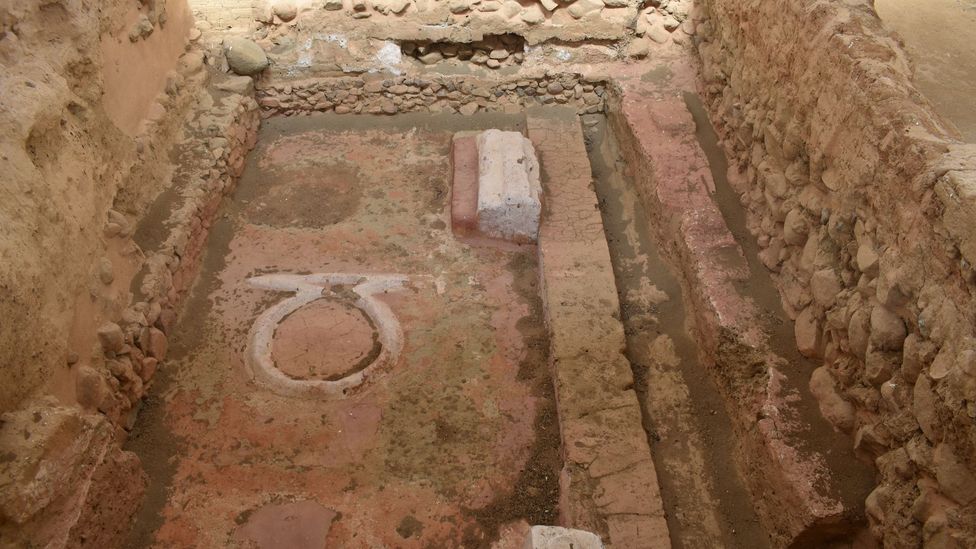Mystery and myth surround the ancient society of Tartessos – it was even linked to Atlantis at one point. But excavations and technology are shedding new light on the culture.
AAfter crunching across a gravel path, surrounded by sun-parched plains, I finally arrived at the Cancho Roano archaeological site. Standing here, in the Guadiana Valley of the Extremadura region in south-western Spain, I imagined how different this dusty and arid flatland would have appeared 2,500 years ago when it was a hub of trade and worship for Tartessos, a mysterious Iberian society that thrived between the 9th and 5th Centuries BCE – and then abruptly disappeared.

Today, though, a culmination of ongoing research and new technology are revealing more about this lost civilisation and the role it played in the history of Iberia.
Going back millennia, Tartessos has been referred to in Greek and Roman texts, but due to conflicting descriptions – and, for a long time, a lack of conclusive archaeological evidence – it has not been easy for modern historians and archaeologists to pinpoint what Tartessos even was – a city, a kingdom, a river?

Herodotus, the Greek historian from the 5th Century BCE, wrote of a harbour city beyond the Pillars of Hercules (modern-day Strait of Gibraltar), which led some researchers to think that Tartessos was a body of water and others to think it was a port (possibly located around modern-day Huelva on Spain’s southern coast). There were even theories, inspired by Aristotle’s writings, that Tartessos was the mythical Atlantis, although this has been widely dismissed in the scientific community.

Tartessos is now generally considered to be a civilisation that formed from a mixture of indigenous people and Greek and Phoenician colonisers in the Iberian Peninsula. And it was wealthy too, thanks to rich resources of metal and a prosperous trade economy. Early discoveries had led historians to believe that the civilisation was concentrated around Andalucía’s Guadalquivir Valley, but more recent finds in the Guadiana Valley – farther west near Spain’s border with Portugal – have made archaeologists rethink how expansive Tartessos was. In total, more than 20 Tartessos sites have been identified across Spain, and three have been excavated in the Guadiana Valley: Cancho Roano, Casas de Turuñuelo and La Mata.(BBC travel)




